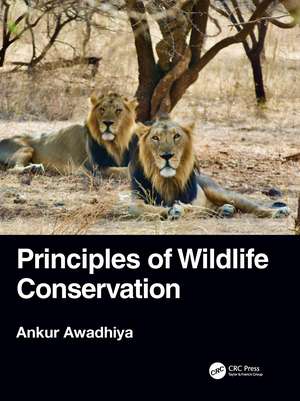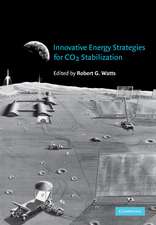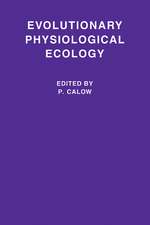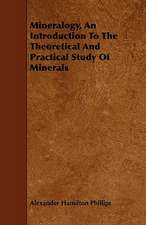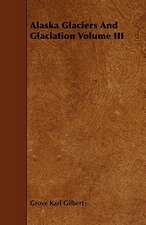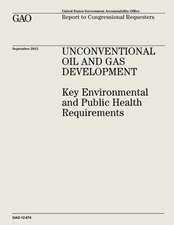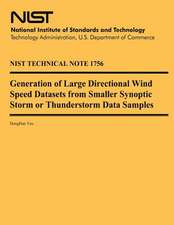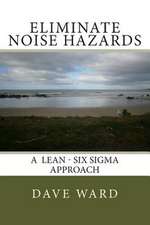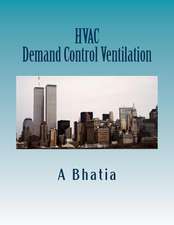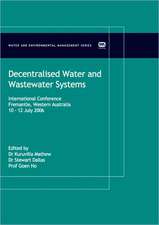Principles of Wildlife Conservation
Autor Ankur Awadhiyaen Limba Engleză Paperback – 15 iul 2021
So how do we conserve wildlife? This is the question that Principles of Wildlife Conservation seeks to answer. It presents a lucid — cogent, yet simple — narration about the why’s and how’s of conserving wildlife. It begins with the first principles — and thus requires no prerequisite other than an urge to seek knowledge. It is full of pictures and case studies from the field — to facilitate easy grasping of the subject. The book builds a solid foundation of the theory of wildlife conservation, and tops that up with experiences from actually doing wildlife conservation. In this way, it equips the reader to master both the science — and the art — of conserving wildlife.
| Toate formatele și edițiile | Preț | Express |
|---|---|---|
| Paperback (1) | 556.89 lei 6-8 săpt. | |
| CRC Press – 15 iul 2021 | 556.89 lei 6-8 săpt. | |
| Hardback (1) | 1002.17 lei 6-8 săpt. | |
| CRC Press – 15 iul 2021 | 1002.17 lei 6-8 săpt. |
Preț: 556.89 lei
Preț vechi: 655.17 lei
-15% Nou
Puncte Express: 835
Preț estimativ în valută:
106.56€ • 111.56$ • 88.17£
106.56€ • 111.56$ • 88.17£
Carte tipărită la comandă
Livrare economică 05-19 aprilie
Preluare comenzi: 021 569.72.76
Specificații
ISBN-13: 9780367479930
ISBN-10: 0367479931
Pagini: 402
Ilustrații: 17 Tables, black and white; 32 Line drawings, black and white; 42 Halftones, black and white; 74 Illustrations, black and white
Dimensiuni: 210 x 280 x 21 mm
Greutate: 0.92 kg
Ediția:1
Editura: CRC Press
Colecția CRC Press
ISBN-10: 0367479931
Pagini: 402
Ilustrații: 17 Tables, black and white; 32 Line drawings, black and white; 42 Halftones, black and white; 74 Illustrations, black and white
Dimensiuni: 210 x 280 x 21 mm
Greutate: 0.92 kg
Ediția:1
Editura: CRC Press
Colecția CRC Press
Public țintă
Postgraduate, Professional, Professional Practice & Development, and Undergraduate AdvancedCuprins
Introduction. Organisation of life. Population growth and community organisation. Threats to wildlife resources. Wildlife monitoring. Wildlife disease management. Animal restraint and immobilisation. Wildlife genetics. Habitat management. Ex-situ and in-situ conservation. Emerging aspects of wildlife management. References. Index.
Notă biografică
Dr. Ankur Awadhiya (b. 1987) is an IFS officer of 2014 batch borne on the Madhya Pradesh cadre. Trained as an engineer, he earned his B. Tech in Biological Sciences and Bioengineering in 2009 from IIT Kanpur, followed by a Ph.D from IIT Kanpur in 2015, AIGNFA (Honours Diploma) from IGNFA Dehradun in 2016 and Post Graduate Diploma in Advanced Wildlife Management (Honours Diploma) from WII Dehradun in 2018. He maintains a keen interest in academics and research and has been a recipient of several honours including the NTSE scholarship, KVPY fellowship, Shri P. Srinivas Memorial prize, K. P. Sagriya Shreshta Vaniki puraskar and the S. K. Seth Prize. Besides academics, he maintains a passion towards photography, painting, movie-making, and creative literary pursuits.
Recenzii
"This comprehensive textbook on wildlife conservation covers the main principles of animal ecology while opening readers' eyes to Asian examples of conservation approaches and Asian views and priorities. Eleven chapters address the organization of life (biodiversity, energetics, interactions), emphasizing demography and extinction threats. Detailed methods for monitoring populations and trends, managing disease, and handling wildlife are provided, from capturing and sedating to sampling and tagging. Population genetics, viability analysis, and habitat management are covered as are new technologies and economics and controversies over management in zoos vs. wild management. Theory is well illustrated by figures, and mathematics is limited to simple algebra. Numerous black-and-white photographs—mostly clear—of wildlife and their habitats and conservationists at work are included. Particularly valuable are the sections on methodology for finding, observing, and counting wildlife. Many conservation studies require capturing animals, testing them for disease, and marking them for subsequent identification. One unique feature is the inclusion of details on anesthetizing and handling dangerous animals —think tigers."
--J. Burger, Rutgers, The State University of New Jersey, New Brunswick, Choice May 2023
--J. Burger, Rutgers, The State University of New Jersey, New Brunswick, Choice May 2023
Descriere
Principles of Wildlife Conservation presents a lucid — cogent yet simple narration about the why's and how's of conserving wildlife. It begins with the first principles — and thus requires no more prerequisite than an urge to seek knowledge.
